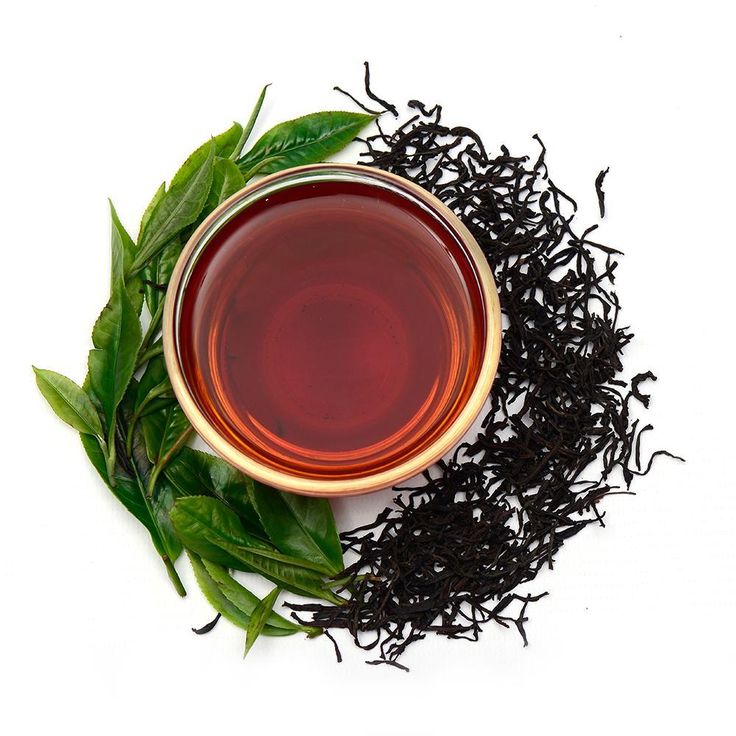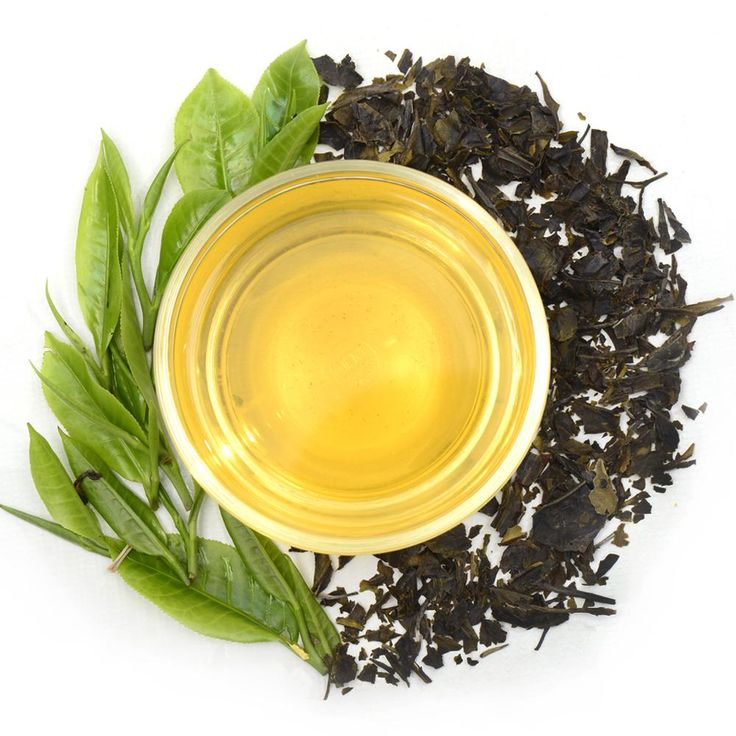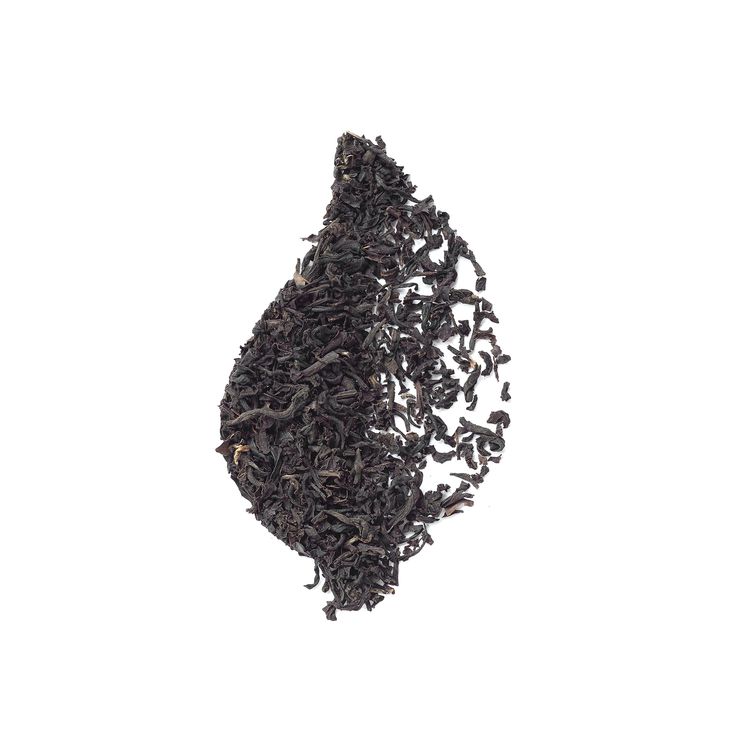Introduction to Ceylon Tea
Ceylon tea is a true treasure among tea aficionados around the globe. Renowned for its rich, robust flavor and aromatic infusion, this tea has garnered a loyal following. Its vibrant taste profile and versatility make it a sought-after beverage in both casual and formal settings. Let’s delve deeper into Ceylon tea’s captivating origins, unique characteristics, and the qualities that set it apart in the world of tea.
Origins of Ceylon Tea
The journey of Ceylon tea began in the 19th century in Sri Lanka, which was formerly known as Ceylon. The transition to tea cultivation marked a significant change in the nation’s agricultural landscape. British planter James Taylor is credited with establishing the first commercial tea estate in Kandy. This momentous event shifted the focus from coffee to tea cultivation after a devastating coffee disease ravaged existing coffee plantations. Taylor’s pioneering efforts set a foundation for what would evolve into a world-renowned tea industry.
As tea gained popularity, so did the economic prospects for Sri Lanka. The favorable conditions of the island allowed tea to flourish, transforming it into a major export commodity. Over time, various tea estates emerged, each producing unique blends and flavors. Today, Ceylon tea stands as one of the most respected varieties in the global market.

What Makes Ceylon Tea Unique
Ceylon tea stands out for its exceptional quality and distinctive taste. The combination of Sri Lanka’s tropical climate, altitude, and fertile soil plays a pivotal role in developing the tea’s unique flavor profile. Various regions within the country yield tea with specific characteristics; for example, the lowland teas tend to have bold, full-bodied leaves, while the highland varieties offer lighter, more delicate flavors.
Adding to its allure, Ceylon tea exhibits bright, citrusy notes, a signature trait that distinguishes it from teas produced in other countries. This refreshing taste makes it versatile—perfect for enjoying hot or iced, and it pairs well with a variety of foods. The meticulous processes involved in cultivation and harvesting further enhance the quality, ensuring that tea lovers enjoy a premium experience every time they brew a cup of Ceylon tea.
Varieties of High-quality Black Tea
Ceylon tea comes in a vibrant spectrum of varieties, each characterized by distinct flavors and aromas. This diversity allows tea enthusiasts to find the perfect brew that suits their taste preferences. Let’s explore some of the most popular types of Ceylon tea, including black tea, green tea, and white tea.
Black Tea
Ceylon black tea is the most familiar and widely consumed among its varieties. It boasts a bold, full-bodied flavor that many tea drinkers find irresistible. This tea offers a brisk and bright taste profile, often enhanced by hints of spices and citrus notes. Its invigorating quality makes it an excellent choice for those who enjoy a strong cup of tea to kickstart their day or rejuvenate their afternoon. When brewed, Ceylon black tea reveals a rich amber hue that is visually appealing. Whether enjoyed plain or with a splash of milk, this tea is sure to satisfy.
Green Tea
Green tea from Ceylon features a different profile due to its lesser oxidation compared to black tea. This process results in a lighter, more delicate taste that appeals to a wide range of palates. Ceylon green tea is known for its fresh, somewhat grassy notes, which provide a gentle and soothing experience for those looking to unwind. The color of brewed Ceylon green tea is a beautiful greenish-golden, reflecting its freshness. Tea enthusiasts often enjoy it without milk or sugar, allowing them to appreciate its subtle flavor nuances fully. This variety serves as a refreshing alternative, ideal for warm weather or when seeking a milder beverage.
White Tea
Among Ceylon teas, white tea is the rarest and most exquisite. It is made from the youngest leaves and buds, undergoing minimal processing to preserve its natural antioxidants. The result is an elegant, mellow flavor profile with hints of sweetness that are truly delightful. Ceylon white tea displays a pale yellow color, adding to its allure and refinement. Known for its soothing properties, this tea is cherished for quiet moments of reflection and relaxation. Its subtle complexity invites drinkers to savor each cup slowly, making it a luxurious addition to any tea collection.

The Cultivation Process
The quality of Ceylon tea owes much to its meticulous cultivation process. From the ideal growing conditions to the skilled harvesting practices, every step contributes to the tea’s exceptional flavor and character.
Growing Conditions
Ceylon tea thrives under specific environmental conditions that are essential for its growth. The tropical climate of Sri Lanka, coupled with abundant rainfall and a diverse range of altitudes, creates the perfect environment for tea cultivation. High-altitude areas significantly enhance the tea’s flavor profile, imparting a light and refined taste. In contrast, tea grown in lower elevations develops a richer and stronger flavor, making each variety distinct. Additionally, the fertility of the soil plays a crucial role. The nutrient-rich soil enhances the vibrant character of Ceylon tea, allowing the plants to absorb the elements necessary for producing high-quality leaves.
Harvesting Practices
Harvesting Ceylon tea is an art that demands skill and precision. The tea pluckers, predominantly women, meticulously gather the finest leaves with great care. They focus on picking only the top two leaves and the bud of each tea plant, as these parts yield the highest quality tea. Timing proves vital in this process; tea leaves must be plucked at just the right moment to capture their full flavor potential. This attention to detail ensures that each cup of black tea embodies the dedication and expertise involved in its creation. By combining optimal growing conditions with careful harvesting techniques, black tea showcases exceptional quality that stands out in the world of tea.
Health Benefits of Ceylon Tea
Ceylon tea is not only a delightful beverage but also packs a healthy punch. Its unique properties offer several health benefits, making it much more than just a comforting drink. Enjoying a cup of Ceylon tea can enhance your well-being in multiple ways.
Antioxidant Properties
One of the standout benefits of Ceylon tea lies in its rich antioxidant content. Antioxidants are natural substances that combat oxidative stress caused by free radicals in the body. Free radicals are unstable molecules that can lead to chronic diseases such as cancer, heart disease, and diabetes. By consuming black tea, you provide your body with a good source of these protective compounds. Additionally, the antioxidants in Ceylon tea can help maintain skin health and promote a youthful appearance. Regular consumption may support overall wellness by helping your body fend off harmful oxidative damage.
Boosting Metabolism
If you are looking to boost your metabolism, Ceylon tea can be a helpful ally. This tea contains certain compounds that can increase your metabolic rate. An enhanced metabolism means your body burns fat more efficiently, contributing to effective weight management. Incorporating a cup of black tea into your daily routine could support your weight loss goals as part of a balanced diet. This makes Ceylon tea a smart choice for those trying to manage their weight while still enjoying a delicious drink.
Enhancing Mental Alertness
Ceylon tea also plays a significant role in enhancing mental alertness. It contains caffeine, which is well-known for improving concentration and focus. However, compared to coffee, black tea has a lower caffeine content. This allows you to reap the benefits of caffeine without experiencing jitters or an anxious feeling. A soothing cup of Ceylon tea can be just what you need to stay sharp and alert throughout the day, making it a perfect accompaniment to your morning or afternoon routine.

Brewing the Perfect Cup of High-quality Black Tea
Choosing Your Tea
To fully appreciate the delightful spectrum of flavors that Ceylon tea offers, selecting the right variety is essential. Each type of Ceylon tea provides a distinctive experience. For instance, the robust black tea delivers a bold flavor, while the delicate green tea presents a lighter profile. Meanwhile, the luxurious white tea offers a subtle sweetness that can be truly relaxing. Consider the time of day and your personal taste preferences when choosing. Mornings might call for a stimulating cup of black tea to energize you for the day ahead, while evenings could be perfect for enjoying the soft, nuanced notes of white tea as you unwind.
Water Temperature and Steeping Time
The secret to brewing the perfect cup of black tea lies in the careful balance of water temperature and steeping time. These two factors significantly impact the flavor and aroma of the tea. For black tea, begin with boiling water and allow it to steep for 3 to 5 minutes. This process helps extract the full-bodied flavors and briskness associated with Ceylon black tea. In contrast, green tea thrives under cooler water conditions. Aim for a temperature of around 80-85°C and steep it for 2 to 3 minutes. This will maintain its fresh, grassy notes without overpowering the palate. White tea, on the other hand, requires a gentler approach. Use water at 75-80°C and steep for 4 to 5 minutes to appreciate its delicate character.
Ultimately, adjusting these guidelines to suit your taste will enhance your brewing experience. Each cup of Ceylon tea can become a personal journey, offering both soothing relaxation and invigorating stimulation with every sip.

Ceylon Tea in Cuisine
Ceylon tea’s influence extends beyond the cup. It has found a place in the heart of kitchens worldwide.
Cooking with High-quality Black Tea
Chefs and home cooks alike use black tea for its vibrant flavor. It imparts unique notes to savory dishes. Imagine a smoky, citrusy rub made with ground Ceylon black tea leaves. This rub can elevate the taste of meats and vegetables. Ceylon tea also serves as a liquid for braising or a base for sauces and marinades. The bold flavors of Ceylon black tea work well in recipes demanding depth and complexity. When used in cooking, the tea should be steeped appropriately to avoid bitterness. Mix it with herbs and spices for a balance that complements your dish.
High-quality Black Tea-Infused Desserts
Desserts take on a new life with the addition of Ceylon tea. It enhances sweet treats with its distinct notes. Pastry chefs create black tea-infused ganache for chocolates and cakes. They steep the tea leaves in milk or cream to extract the flavor. Ice creams and sorbets gain a refreshing twist with green or white Ceylon tea. The subtle hints of black tea pair beautifully with fruit-based desserts. A simple black tea syrup can drizzle over pancakes or waffles for a morning treat. Remember to not let the tea overpower the dessert. A gentle infusion ensures a hint of Ceylon’s elegance in every bite.

Purchasing and Storing High-quality Black Tea
Finding Authentic High-quality Black Tea
When purchasing Ceylon tea, look for the ‘Lion Logo’. This symbol guarantees its Sri Lankan origin. Always check the packaging for the logo and origin details before buying. Reputable tea shops and online stores often carry authentic black tea. They provide information about the tea’s region and estate. This helps ensure you buy genuine black tea.
Choose suppliers known for quality. Research reviews and tea communities for recommendations. High customer satisfaction usually indicates authentic, high-quality Ceylon tea. Buying from specialized tea vendors can also enhance your chance of getting authentic tea. They often offer detailed product histories and have direct links with Sri Lankan tea estates.
Storage Tips for Freshness
Proper storage is key to maintaining Ceylon tea’s freshness and flavor. Keep tea away from strong odors, as tea leaves can absorb them. Store tea in a cool, dry place. Avoid places with high humidity or temperature changes. A tea canister with an airtight seal is best for storage. It protects the tea from air, light, and moisture.
Avoid using plastic or paper bags for storage. These materials can taint the tea’s flavor. Instead, opt for ceramic, tin, or dark glass containers. These materials help preserve the tea’s qualities. If possible, store tea in small quantities. This limits exposure to air each time you open the container.
Remember, white and green Ceylon teas are more delicate. They need extra care in storage compared to black tea. Nevertheless, all types should stay away from direct sunlight. By following these tips, your black tea can stay fresh and flavorful for longer periods.